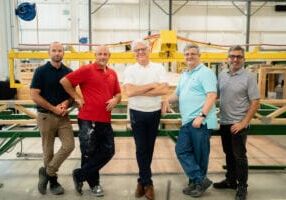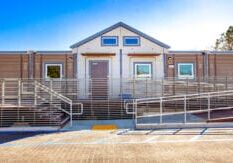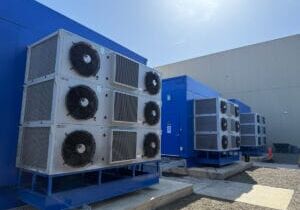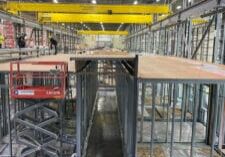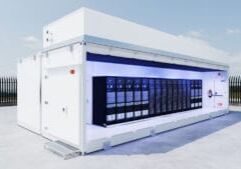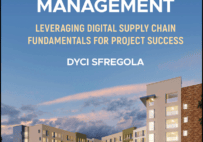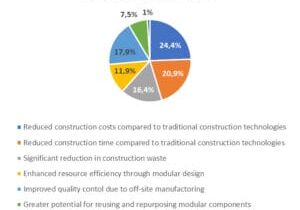From Toronto to Suriname A Global Modular Building Story
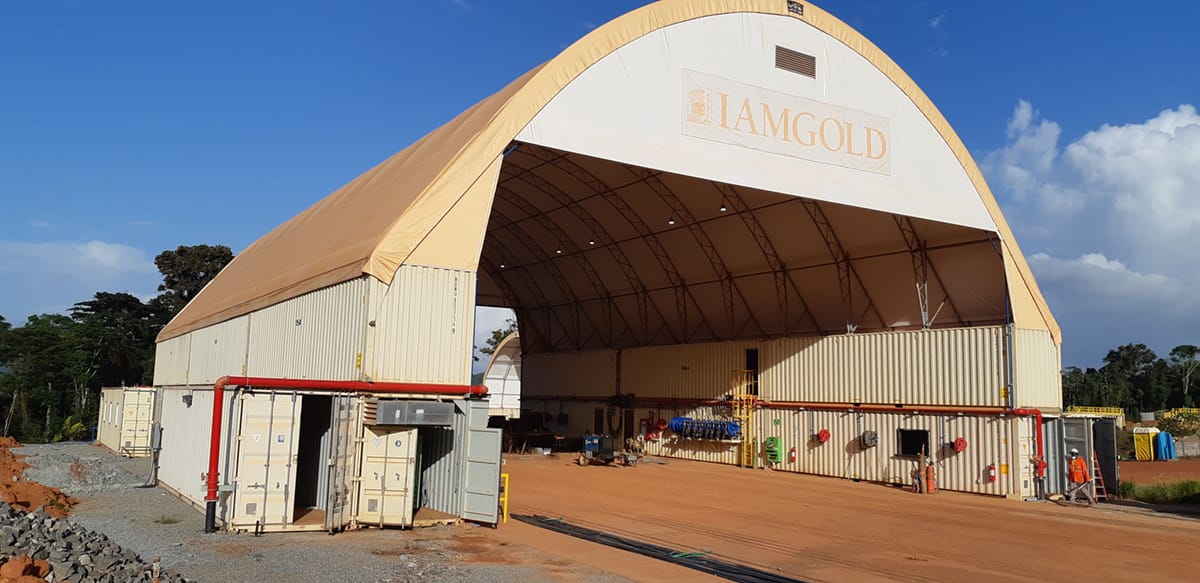
When I AM Gold first conceived of the project in Suriname to maintain its trucks and mining equipment, company leaders were planning to complete it as a stick-build project.
When I AM Gold – a Canadian gold mining operation based in Toronto, Ontario – wanted to expand its mining operations in Suriname, it knew it would also need to expand its infrastructure.
More specifically, they needed to build a mechanical services compound for their Pikin Saramacca project that would allow their local crews to maintain and repair trucks and other equipment critical to their mining operations. They also knew that it would be a challenge.
However, as a company with operations in some of the most remote and challenging places in the world, they’ve never shied away from difficult situations, and they weren’t about to start with this project.
So, in 2017, they started working on the design and planning how they would manage the construction process, and at that time, no one truly had any idea of the scale of the obstacles they would have to overcome.
Choosing Modular
When I AM Gold first approached a multidisciplinary engineering firm BBA in Montreal, including engineer Christian Tremblay, they were planning to complete their truck shop development as a stick-built project. Early budgets and feasibility studies, however, quickly proved that the cost to build on-site in a remote location like Suriname would not only be exceedingly difficult but also exponentially more expensive than anticipated.
The only viable option to complete the project on time and within budget was to build offsite, ship completed modules to the site, and assemble them using local labor and resources. But even that would prove challenging, as the team was soon to discover.
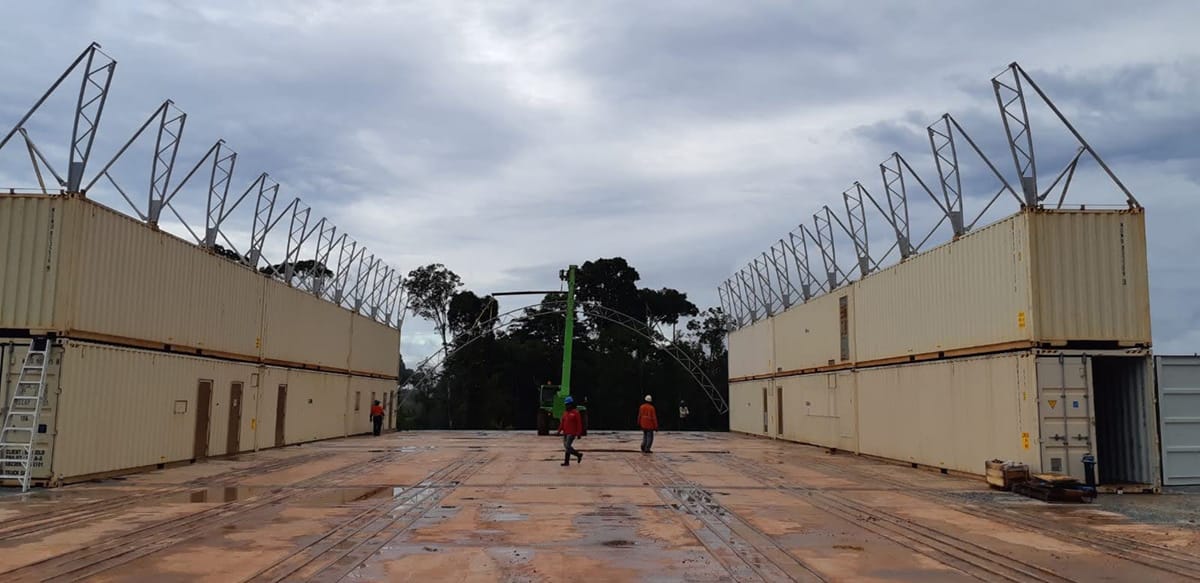
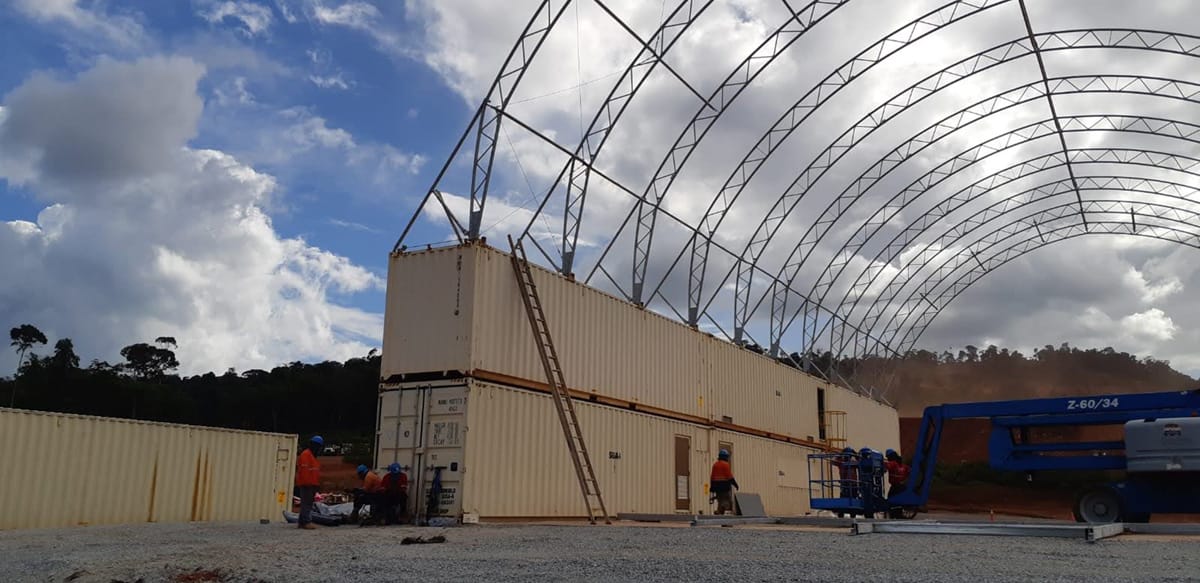
Invited Bidders
Once I AM Gold and their engineering and design team at BBA realized that modular was the only option for their Amazon expansion project, they also realized that there are a finite number of modular building companies who could successfully design, manufacture, and outfit the steel container-based structure they needed. A short list of companies with the skills and capacity needed to deliver was created, and the companies were contacted for pricing, design, and manufacturing information.
By the end of the procurement process, Corner Cast, a Montreal-based custom modular building company specializing in steel structures, had chosen to tackle the project.
Designing for International Shipping
While Corner Cast has been designing, building, and delivering high-quality steel modular structures since 2011, most of their projects thus far have been within Canada or in the continental United States.
This meant that the Corner Cast team, led by COO René Bernaert and project manager Aurélien Perez, had to ensure that all of their designs needed to be completely contained inside the shipping containers used for the project and weatherproofed for the trip to South America. It also meant that they needed to modify their designs to comply with local laws, including eliminating all wooden elements from the project.
However, with a capable and experienced in-house design team, Corner Cast handled these requirements easily, ensuring that all the modules and structural elements required for the project met the design and functionality requirements and were ready for rail shipping on time.
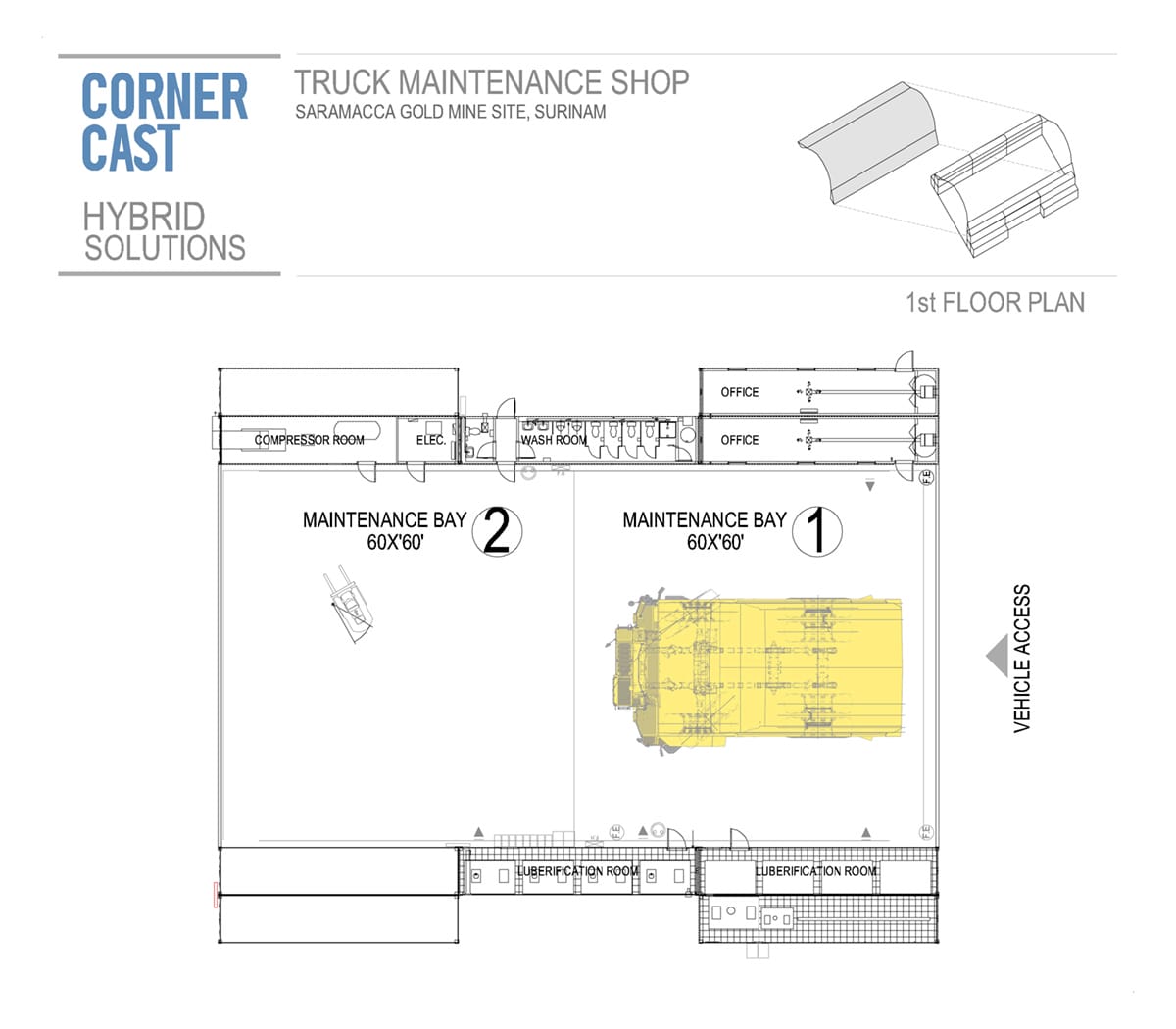
The Long Journey to Suriname
When you’re talking about most construction projects, the nearly 800-mile (1,200-kilometer) train journey the I AM Gold structures took from Montreal to Halifax would already be pushing the limits in terms of shipping or freight. But in this case, the containers and other structural elements built by Corner Cast had much more to travel before they arrived on site.
In fact, due to the remoteness of the port and the shipping line’s standard routes, all the containers destined for Suriname would first go to Spain before heading back across the ocean to the west coast of South America.
However, since this meant no special trips had to be made, there was a distinct environmental advantage to waiting a little longer for the containers to arrive.
A Road to the Amazon Rainforest
Having already navigated some complex issues, at this point of the project, you might assume that there would be plain sailing ahead. But not in this case.
Before and during the manufacturing and shipping of the building modules for I AM Gold’s new pit mechanical complex, the on-site construction crew led by Steve Chin A Foeng of Beyond Mining & Consulting had already been tackling some intense challenges of their own.
First and most importantly, there was the fact that the site chosen for the new mechanical workshop development was not level and needed extensive earthworks and that they had to build a haul road to the site for equipment access and to get the container modules themselves into position.
Since the site is also in a rainforest, engineers and construction crews had to carefully plan and construct concrete pads and other elements of the civils and services to minimize the impact of natural water runoff. This meant that even after the container modules and other elements of the structure arrived at the local port, they had to be stored there for nearly a year. So it wasn’t until the site and the road that would take them there were ready for use that they could finally be shipped to their final destination.
Local Challenges
Once the design, planning, manufacturing, and critical infrastructure were all in place and ready for the containers to make the final leg of the journey, the team building I AM Gold’s new mechanical service complex still had some unique issues to overcome.
Some, like the high rainfall, meant construction crews had to figure out how to keep trenches and excavations free of water for long enough to cast concrete or lay pipes. Others, like the differences in equipment and training of local crews, were solved with intensive, ongoing training, shipping tools and equipment, and making do with smaller machines wherever possible.
Then, there were some that could only be avoided, like the snakes and scorpions the crews shared the site with. Only in the Amazon will health and safety plans include the words ‘anaconda’ and ‘snake bite kits.’
Since the whole world was also caught in the grip of the COVID pandemic for a large part of this project, you can add travel restrictions and supply chain interruptions to this long list of once-in-a-lifetime problems. It’s hard to imagine any other project of this size that would face so many diverse and often quite unique difficulties.
Yet somehow, in spite of intense heat, torrential rain, unfinished roads, language and cultural differences, and deadly wildlife, the teams involved in this project successfully delivered the project to the client.
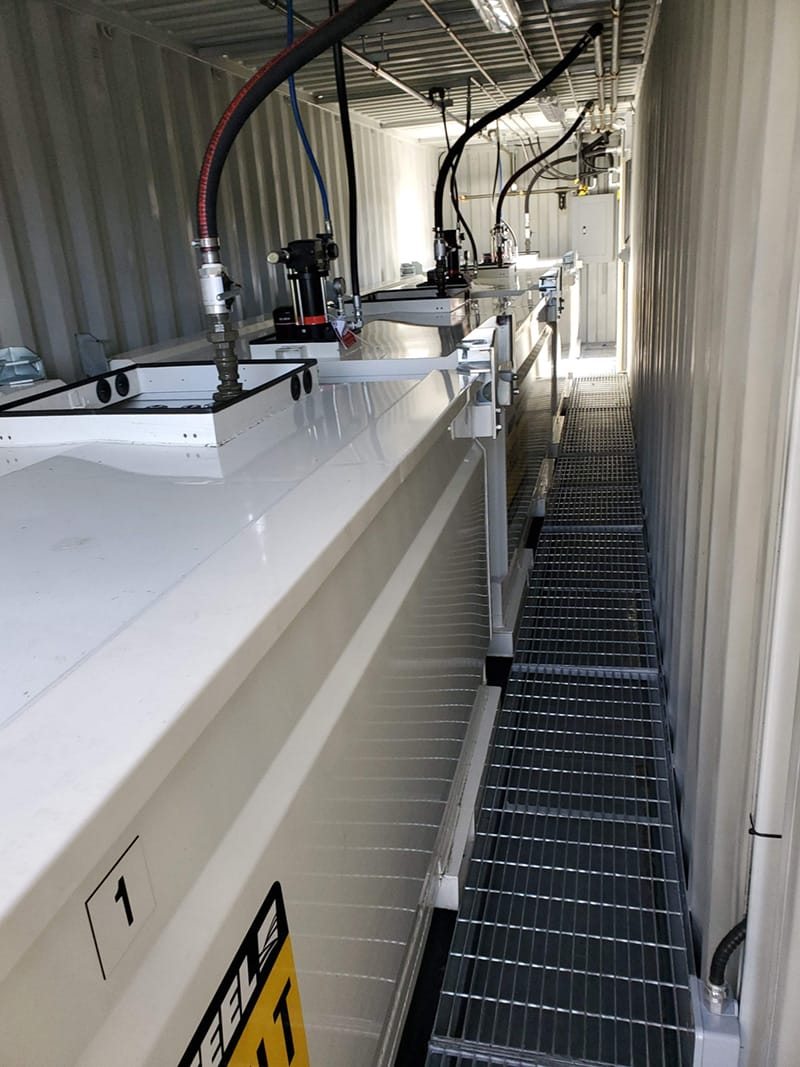
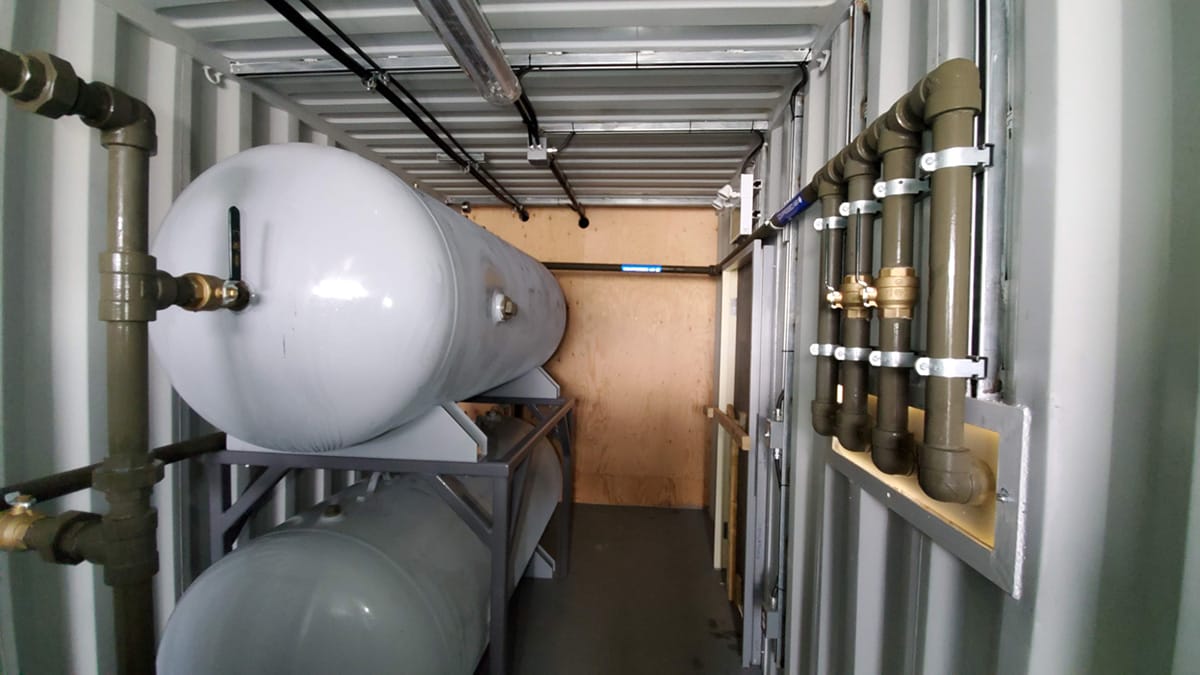
A Modular Solution to Complex Problems
Now that the dust has settled and I AM Gold has their new truck servicing and maintenance depot, there’s one thing every member of the team involved can agree on: there’s no way they could have completed a project with this many challenges and obstacles in the time it took if they were not building modular.
In fact, by all accounts, assembling the project’s modular elements on-site and connecting and commissioning them for use was the fastest and easiest part of the process, all thanks to the hard work and design skills of the modular professionals at Corner Cast.
That proves that when you’re faced with the most difficult sites in most remote places, modern modular construction solutions – and especially steel container-based buildings – should always be at the top of your list of options.
About the Author: Tamara Aspeling is a published author and freelance writer who specializes in construction and writes for print and web. She’s also a trained estimator and project manager with over 20 years of industry experience. You can reach her at www.theconstructionwriter.ca or words@theconstructionwriter.ca.
More from Modular Advantage
Resia: Breaking All the Rules
Resia Manufacturing, a division of U.S.-based Resia, is now offering prefabricated bathroom and kitchen components to industry partners. Its hybrid fabrication facility produces more precise bathroom and kitchen components (modules) faster and at lower cost than traditional construction. Here’s how Resia Manufacturing does it.
How LINQ Modular Innovates to Bring Modular To The Market in the UAE and Beyond
LINQ Modular, with an office and three manufacturing facilities in Dubai, is a modular firm based in United Arab Emirates. The company is on a mission: to break open the housing and construction markets in the Gulf Cooperation Council (GCC) area with modular.
ModMax: Redefining Modular Construction with Confidence and Precision
ModMax was born out of frustration—frustration with five persistent pain points in modular construction: Permitting bottlenecks. Production delays. Rigid designs. Disconnect between “the office” and the field. Lack of transparency and communication.
LifeArk: Disaster-Resilient Housing from Recycled Plastic and 100-year-old Technology
Wee compares LifeArk’s housing units to Yeti coolers, as they are built similarly. Each component takes 15 to 20 minutes to manufacture, has an R-value of 40, and includes molded slots and chases for wiring, plumbing, fire sprinklers, and other utilities.
Building the Future of Modular Edge Infrastructure
The edge data center market is expanding rapidly, driven by the surge in AI workloads, IoT adoption, and the need for localized compute power. In these environments, sustainability, scalability, and reliability are non-negotiable. Cooling is among the most complex challenges for operators—and one of the most decisive factors in long-term success.
Accelerating Light-Gauge Steel Construction: A Semi-Automated Digital Workflow for Off-Site Projects
For construction professionals, the message is clear. By adopting semi-automation and digitalization, companies can deliver projects faster, more accurately, and more profitably, while also building stronger collaboration across teams. The approach is not about replacing people with machines, but about empowering people with better tools and processes.
Why Modular Data Centers Are Gaining Momentum
Artificial intelligence, high-performance computing, and edge applications push the limits of traditional “stick-built” data centers. They take years build, often struggle with high density workloads, and aren’t optimized for deployments near end users. Modular data center platforms are purpose-built to address these challenges, offering flexibility and scalability to adapt to evolving technologies, while opening new opportunities for the modular construction industry.
Supply Chain Innovation in Action: 5 Habits Every Modular Leader Should Practice
By applying these principles to supply chain practices — collaborative planning, strategic procurement, scenario modeling, digital tools, and transparent forecasting — construction leaders can build value chains that are not just efficient and agile, but truly innovative.
Exploring the Role of Modular Integrated Construction (MiC) in Advancing Circular City Principles – A Survey of Stakeholder Perspectives
The survey findings highlight the significant potential of Modular integrated Construction (MiC) in advancing the development of circular cities. By reducing costs, accelerating construction timelines, and minimizing waste generation, MiC offers a promising approach to sustainable urban development.
The Use of MS POLYMER™-Based Sealants and Adhesives in Modular Building
These products combine flexibility and elastic recovery with excellent adhesion to different substrates and have already shown their usefulness in traditional construction. Now it’s time for them to be put to use in the modular construction industry.



